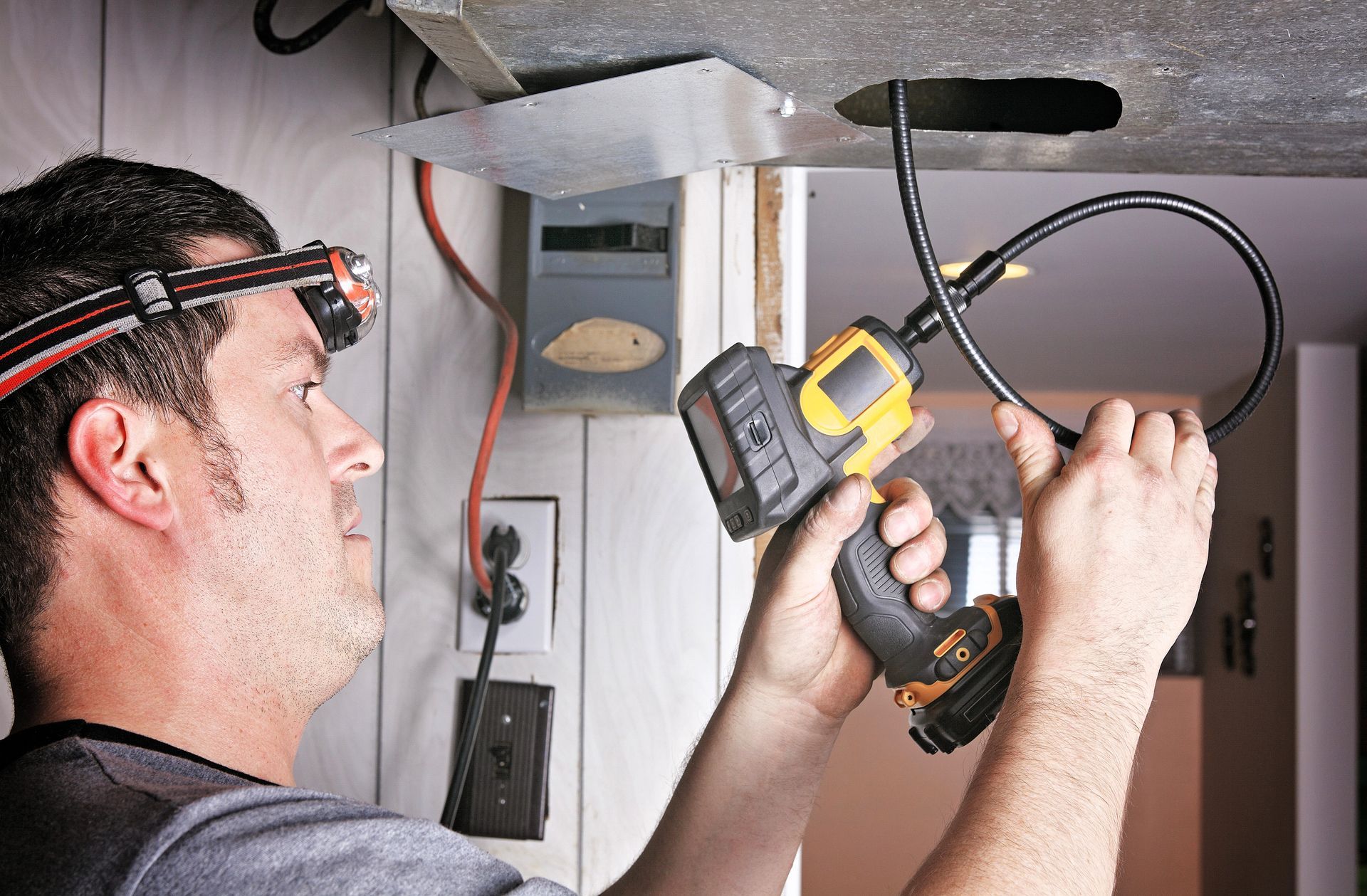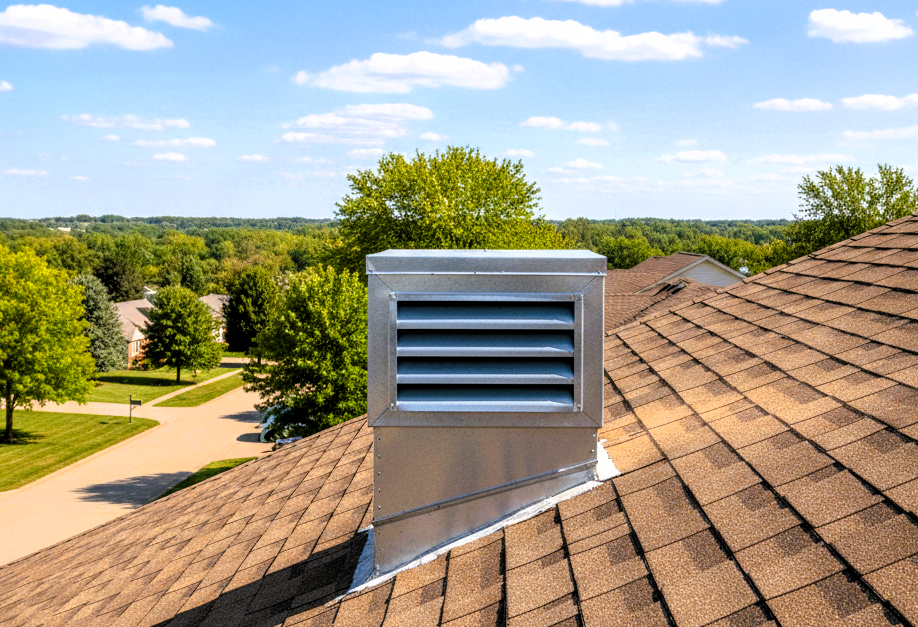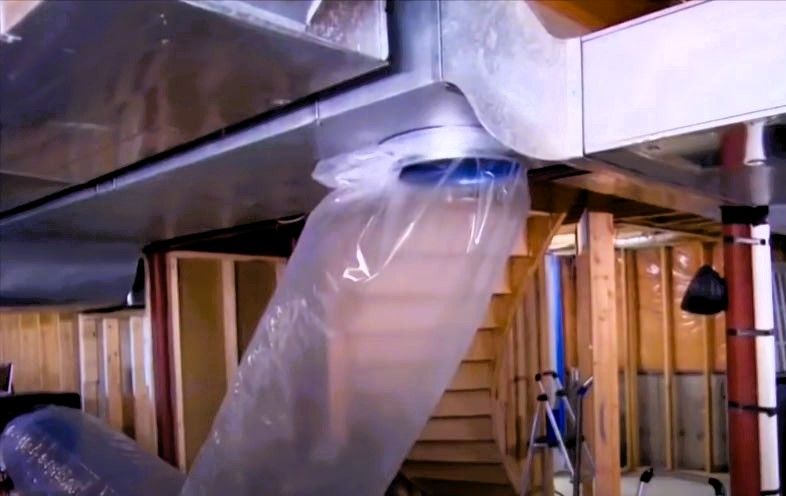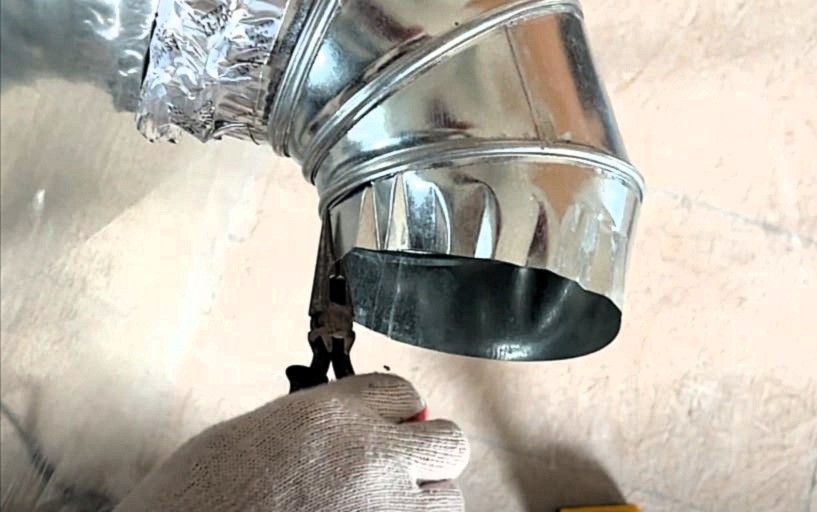How to Do a DIY Duct Inspection (Before You Call in the Pros)
DIY duct inspection tips to keep your air clean and your HVAC running efficiently!
Breathing clean air at home starts with something most folks never think about—your ductwork. Over time, those hidden air highways can collect dust, spring leaks, or even trap mold. That mess doesn't just impact your health—it can drive up your energy bills and make your HVAC system work overtime.
But here’s the good news: you don’t need to be an HVAC expert to spot some of the common problems. Before you shell out money for a pro, you can check quite a bit yourself. Here’s how to do a quick duct check the smart way.
Why It’s Worth Inspecting Your Ducts Yourself
You don’t need to be an expert to spot common duct problems. If your home feels stuffy, dusty, or has rooms that never seem to get the right temperature, your ductwork could be to blame.
Checking things yourself can:
- Help you find simple problems like blocked vents or loose duct tape
- Save money by avoiding unnecessary repair visits
- Give useful info to a technician if you end up needing help
If your energy bill is creeping up or your system seems to run constantly, it’s a good first step.
What You’ll Need on Hand
You won’t need a toolbox the size of a suitcase. Just a few basics:
- Flashlight or phone with a decent light
- Screwdriver
- Vacuum with hose attachment
- Flexible cleaning brush or power brush (if you’ve got one)
- HVAC foil tape (not the cheap duct tape knockoff)
Optional—but helpful:
- Smartphone for snapping pics inside ducts
- Incense stick or a tissue (more on that trick in a sec)
- Gloves and a dust mask, especially if you’re allergy-prone
Your DIY Duct Check – Step by Step
1. Kill the Power First
Head over to your thermostat and switch off the heating or cooling. For bonus safety points, cut power to your HVAC system at the breaker box too. You’ll be sticking hands—and possibly your face—into duct openings. Better safe than zapped.
2. Remove the Vent Covers
Target the rooms you use the most. Use your screwdriver to pop off vent covers. Shine your flashlight down inside and take a peek.
What you’re looking for:
- A thick coat of dust or debris
- Clumps of
pet hair
- Spots that look black, green, or blotchy (could be mold)
- Rust or moisture stains
Use a mirror or snap a few photos with your phone if you can’t see far in.
3. Look for Leaks
Turn the fan back on. Then go to any place where you can see exposed ducts—basement, attic, crawlspace. Hold your hand near where sections connect.
Try this:
- Hold a tissue near the joint. If it flutters or lifts, air’s escaping.
- Light an incense stick and watch the smoke. If it twirls or pulls strangely, you’ve likely got a leak.
Even tiny leaks can throw off room temps and spike your bills.
4. Check for Wear and Tear
Anywhere you’ve got visible ductwork, do a quick visual check. You’re hunting for:
- Loose or disconnected pieces
- Tape that’s peeling or crusty
- Insulation that’s torn or falling apart
- Any sign of critters—droppings, nesting, or shredded material
Even if most of your ducts are hidden, this small check can uncover a lot.
What You Can Fix On Your Own
See some dust? Here’s how to clean up:
- Vacuum out what you can from the registers and duct openings
- Use a brush or long hose to reach further down
- Wipe and rinse vent covers before reinstalling
If you spot a small, easy-to-reach leak, grab that HVAC foil tape or mastic sealant. That’ll patch things up better than the stuff from the dollar store. (Seriously—don’t use standard duct tape. It dries out fast and peels off.)
What You Shouldn’t Mess With
Some problems are best left to the folks with the gear and know-how. Call in the pros if you notice:
- Mold or mildew growing inside your ducts
- Funky, musty odors that don’t go away
- Large holes, broken sections, or parts completely disconnected
- Pests—yep, signs of mice or bugs count too
- Very low airflow in certain rooms
And if most of your ductwork is behind walls or ceilings? You’ll need tools like cameras and pressure testing gear to really know what’s up.
When It’s Time to Call in the Experts
If the job gets too big, or you’re just not sure what you’re looking at, that’s okay. Professionals like Grand Rapids Duct Cleaners can do a full inspection, seal leaks, and deep-clean your entire system.
It’s not just about clean air—it’s about peace of mind. Call us when you're ready to let your HVAC system breathe easy again.
Final Thoughts
Checking your ductwork might sound like a big job, but it’s surprisingly doable. It gives you a clearer picture of what’s going on behind the scenes—and might save you a repair bill or two.
Even better? If you do
call in a pro, you’ll already have a good idea of what needs attention. Either way, you’re in control. And that’s always a win.








